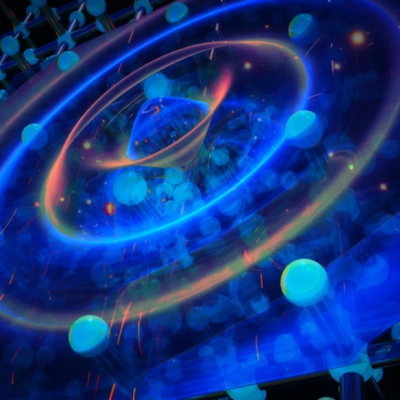A recent study published in Physical Review Letters has supported the Vester-Ulbricht hypothesis, which was first proposed over 60 years ago. The hypothesis suggests that there is an excess of left-handed electrons compared to right-handed electrons during the decay of a radioactive nucleus. This phenomenon is also related to the stability of molecules, as the handedness of the elementary particles determines whether a molecule is right or left-handed. The study was conducted by Joan Dreilling and Timothy Gay from the University of Nebraska, who experimented with the interaction between electrons and molecules.
The researchers used a special gas to gradually react with the electrons, causing the molecules to break into two parts: a neutral part and a charged part. By measuring the current and decay rate of the charged part, they were able to determine the effect of the electron’s spin on the molecule’s stability. The study found that right-handed molecules were more likely to break under an electron beam when the electron’s spin was aligned with the beam, rather than against it. This supports the Vester-Ulbricht hypothesis, which suggests that right-handed electrons were favored during the formation of DNA molecules.
Despite the small variance in the experiments, the researchers were able to demonstrate a clear irregularity in the interaction between electrons and same-handed molecules. This study could lead to further insights into the influence of handedness on biomolecular processes on Earth. The findings also highlight the importance of understanding the fundamental properties of molecules and their interactions with elementary particles.










